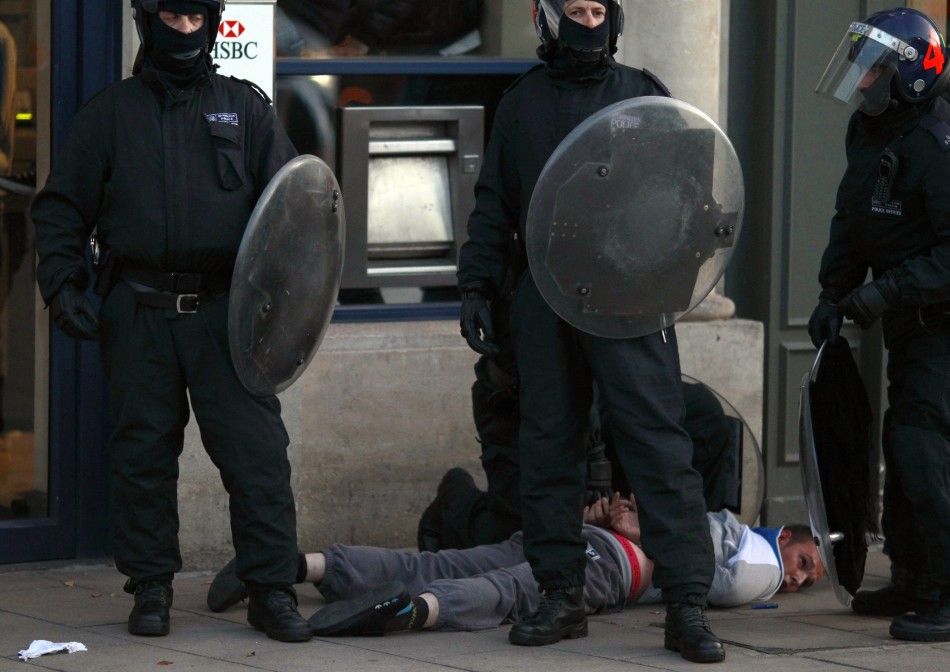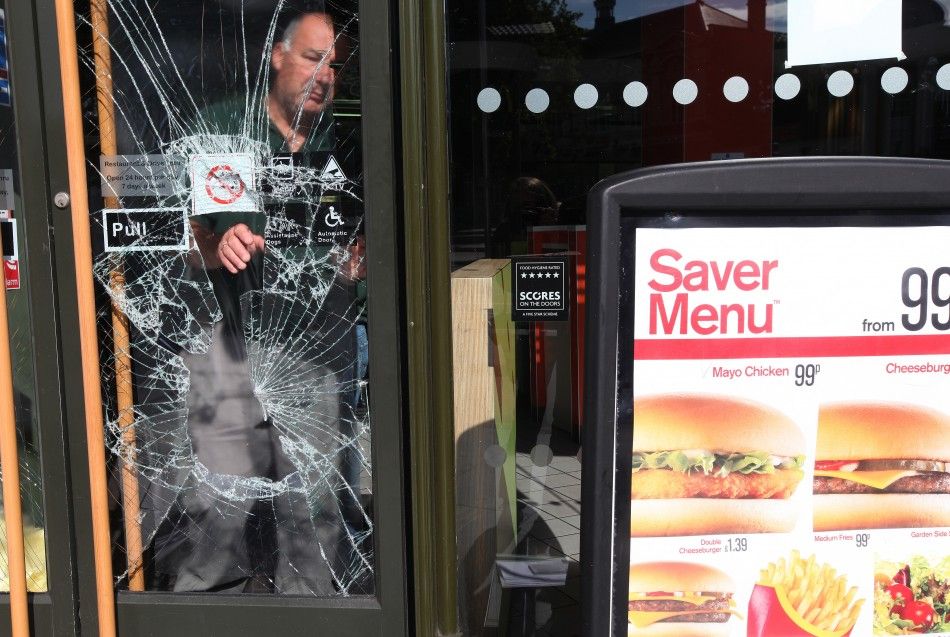London Riots 2011: Frightening Pictures as the City Burns
The London riots, which started in Tottenham Sunday, have been spreading across the city while growing in size and intensity. Violence and destruction have been reported in a number of peripheral neighbors, including Hackey, Brixton, Peckham and Lewisham.
The wave of unrest started as a peaceful demonstration in the northern area of Tottenham, but anger and suspected police antagonization quickly escalated the situation.
Demonstrators and hooded youths -- which are typical in London protests -- threw firebombs at police officers and torched property, while store windows were smashed and shops looted.
Additonally, whole buildings were burned to the ground, and rioters Monday afternoon set fire to a number of car in Peckham and Tottenham.
Authorities promised Sunday that further demonstrations will be met with the full power of the Metropolitan police force.
"Should we receive any indication that there will be any further violence or offending, there is a robust policing plan in place and we will respond appropriately with the resources available to us," Police Commander Adrian Hanstock told Reuters.
A total of 215 people have been arrested so far and 27 charged. Police reported at least 26 officers injured.
"The violence we've seen, the looting we've seen, the thuggery we've seen, this is sheer criminality ... These people will be brought to justice. They will be made to face the consequences of their actions," said Home Secretary Theresa May.
The neighborhoods most affected by the turmoil are traditionally low-income, multi-ethnic areas. The riots were spurred when police shot and killed Mark Duggan in Tottenham. Duggan was a suspected drug dealer and gang member, although few details have emerged since his death.
Metro police, as well as a private agency, are investigating the riots and the shooting.







© Copyright IBTimes 2024. All rights reserved.











